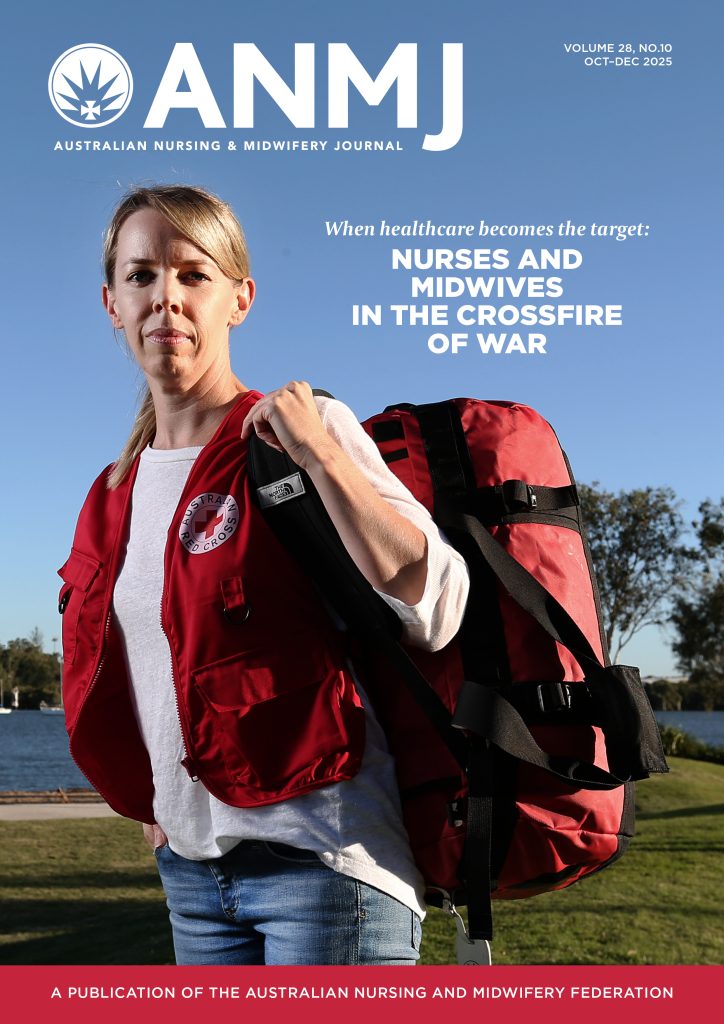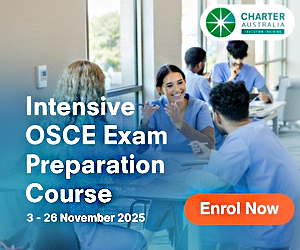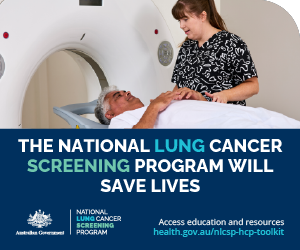When I first started teaching at TAFE, I was worried that I would not know enough.
When I realised I had enough knowledge, there was a sense of relief – I could teach them something and they would be able to perform procedures because of what I taught them. However, it became apparent, that this was not enough.
I wanted my nurses to become critical thinkers. I wanted them to do something because they understood the rationale behind what they were doing, not because I had taught them the skill.
Being involved with education means being able to transform a person who does not know- to someone who does know, transferring information, knowledge, skills, and capability then ultimately wisdom. I give them the training, skills, ability, and confidence to go from there.
While it’s exciting, it can also be daunting. Many students enter nursing uncertain about their ability to reach their goals. Our aim is to support them on their journey, helping them get to where they want to be. We can’t do it for them, but we can equip them with the tools to succeed.
Critical thinking is one of these essential tools. It goes beyond problem-solving, it’s about taking a holistic view of a situation, carefully weighing the evidence to make informed decisions while being mindful of any biases that may influence your thinking.1
Nursing is based around critical thinking; you make sense of a situation and act because of your skills and knowledge. I came to know that my nurses needed to be critical thinkers, so they could decide on a course of action because they understood the situation and could interpret what was going on.
This is also part of the Enrolled Nurse Standards of Practice. The Domain ‘Reflective and Analytical Practice’ covers this under Standard 8, Provides Nursing Care that is informed by research evidence.2 Under this domain, Enrolled Nurses are expected to use critical thinking to make decisions, analyse all available information and consult with the RN if unsure.
Over time, the responsibilities of nurses have grown, and with that, the pressure to accomplish more in less time has intensified. This can make the temptation to cut corners stronger. I quickly realised that my students were observing me and following my example. If they saw me doing something that wasn’t best practice, they would feel it was acceptable for them to do the same. This removed critical thinking from the action. It enabled them to justify their behaviour, rather than use critical thinking to process what they were doing.
Some students come from a health background. They have been taught to go to their supervisor with a problem. I ask my nurses to go to the supervisor with a solution, using critical thinking to make sense of the situation. This shows initiative, but more importantly, critical thinking.
We discuss “best practice” with students as the ideal standard, though it isn’t always the reality during placements. This doesn’t mean placements aren’t effective, but rather that variations exist in how procedures are performed. When we talk about best practice, we focus on the underlying principles and following these, rather than prescribing a single “right way” to do something.
This is where and why I see critical thinking as important.
Critical thinking teaches students to understand the principles around their actions. By doing this, they relate the principles to the procedure and can then make sense of the actions they saw.
References
1 Australian College of Nursing. 2021. Critical Thinking. https://www.acn.edu.au/thought-leadership/critical-thinking
2 Nursing and Midwifery Board of Australia. 2016. Enrolled Nurses Standards for Practice. file:///C:/Users/calmond/Downloads/Nursing-and-Midwifery-Board—Standards-for-Practice—Enrolled-Nurses%20(4).PDF
Author:
Cathy Almond RN, Graduate Diploma in Vocational Education and Training, Cert IV in Workplace Training and Education is a Nurse Educator at TAFE Gippsland (Warragul) for Diploma of Nursing Students (EN’s)








